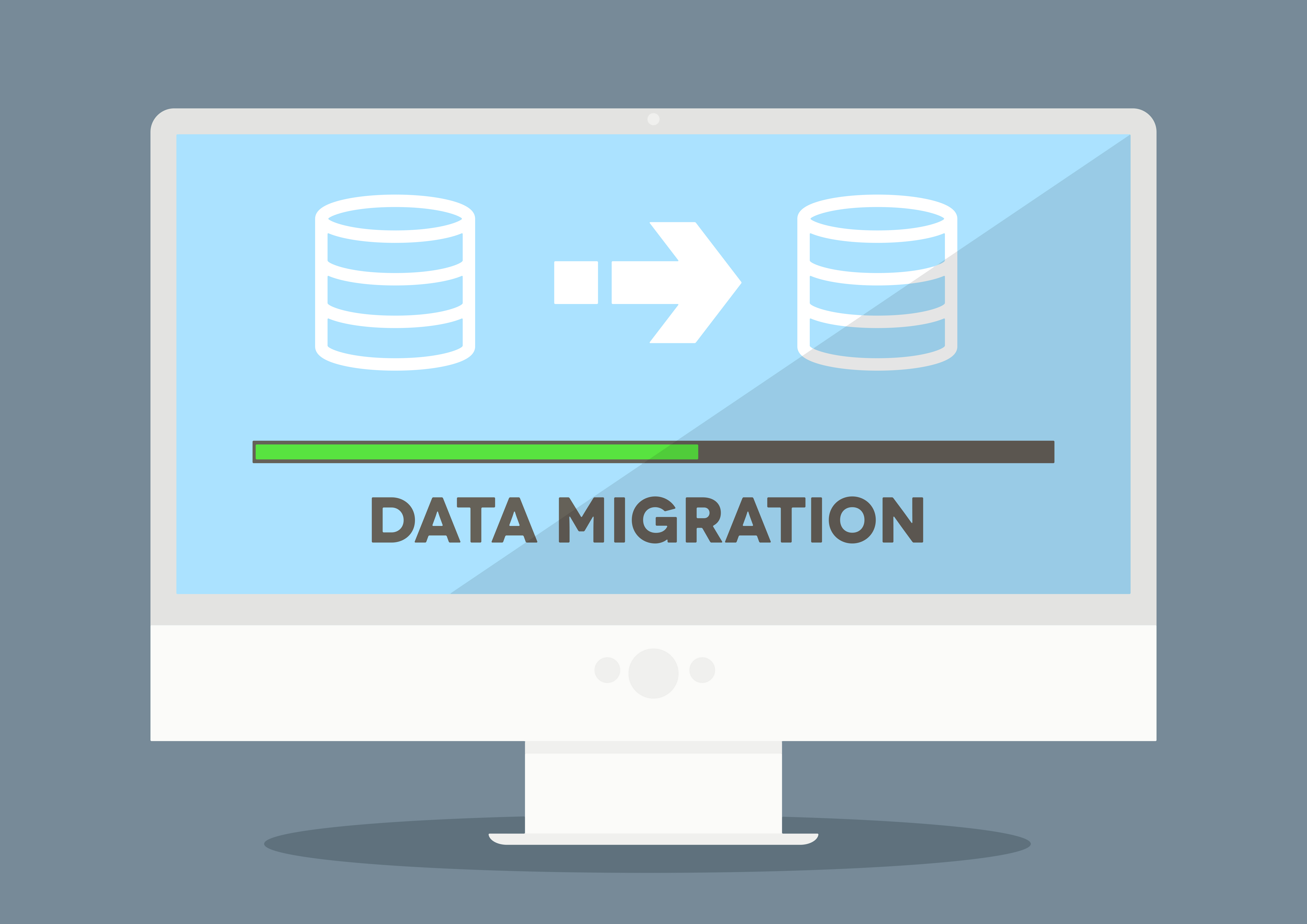The best methods for transferring data between computers to ensure an efficient migration

There are currently more than 600 million personal computers in use that are at least four years old and ready to be replaced, according to research from Intel. That is a huge number of people who are going to buy new computers in the near future, and they will all need to migrate their applications and data to their new PC. However, moving into a new PC can be a challenge. Most users have spent years shaping a comfortable PC environment -- its "personality". Getting a new PC similarly configured and setup, with all the applications and data, can be a daunting task -- one that is time-consuming and often difficult for non-technical consumers.
The good news is that migrating data and applications between computers doesn’t have to be an arduous, dreaded, fear-ridden process. A new computer typically means faster computing speed, more memory and enhanced new features. It also represents an opportunity to start fresh by organizing your computer’s content (i.e. archiving old files and cleaning up folder structures) before the transition. Transferring files and data between systems or via the same platform doesn’t have to be a complicated undertaking if you know the proper steps to take. Here are the three stages of an efficient and convenient migration.
- Preparation
Before the actual migration, there are a number of important questions every user should ask. First, what applications do I want to use on my new PC? Chances are that you will have a number of applications on your old computer that you forgot about and/or don’t want. Migration is a great opportunity to clean house. For the applications you do want to keep, check to see if they are compatible with the operating system on your new PC. You also want to check if the software vendor recommends new versions of its software. You may have to upgrade applications to ensure compatibility.
Another key question is, "what data do I need on my new PC?" Again, don’t waste your effort transferring data that you do not want. Start your computer’s new life without clutter. Once you have organized the data that you do want to transfer, make sure your old PC is free of malware. It’s a good idea to run multiple anti-malware scans, in order to avoid transferring infected files or malware to your new PC.
Finally, make sure you have an updated complete backup (or image) of your old PC. This is absolutely critical. You can find off-the shelf software that will create an exact copy of your hard drive as an archive, which means if something goes wrong with the migration, you have a fail-safe.
After addressing these questions, you can confidently begin the process of moving to the new PC.
- Set-Up
The first step of your set-up is to be sure all Windows Updates are applied. Then the actual transfer can begin. While everyone can use a simple file transfer to get their data across, the process of using a cloud backup to sync files to a new PC can be very long, and data is easily lost along the way.
The smarter strategy is to use automated migration tools. Automated migration tools give you the ability to transfer all your data, settings, and even applications to the new PC; setup usually takes just a few minutes. While it is always a good idea to read the manuals, the tool handles the heavy lifting.
The transfer of data could take anywhere from 30 minutes to several hours, depending on the amount of data on the old PC, and the age and speed of the hard drive. For longer transfers, just let them run overnight. Once the transfer is done, your new PC will have all the goods and personality you want. It can really be that easy.
When choosing a tool, check if it can filter out applications that are found to be incompatible with the new OS, especially coming from Win XP or a 32bit Windows. You also want to make sure the transfer of antivirus programs can be blocked. In general, antivirus software creates hardware-related drivers that are very specific to the old PC and operating system. This means that it’s important to update your antivirus protection.
Transferring your data and applications does not mean that the installed data or applications on your new PC will be overwritten. Rather, the old PC will simply be added to the new PC. There are some tools that allow the transfer to be rolled back, allowing for a "restart" of the migration, if you need. However, if the target PC has a different operating system than the old PC, then restoring an image of the old PC usually does not provide a workable migration because the old image overwrites everything on the new PC. Again, migration tools are the exception to this rule.
- Post-Migration Clean Up
The last step in the new PC setup process is to deal with the old PC. First, be sure that applications now on the new PC are uninstalled from the old PC (as required by the software license you purchased.) If your old PC is being given away to others or disposed of, the hard drive should be securely erased to make sure the data cannot be recovered. Formatting the hard drive or deleting files is not sufficient here. Again, it’s a smart idea to use a professional tool to ensure that deleted data cannot be recovered, which could result in identity theft.
There are a couple of options for giving away your PC. Ask local recycling/refurbishing companies whether they are interested in your computer. And if the old PCs is in good working condition, you may be able to donate it to a charitable organization, and possibly get a tax deduction.
Getting a new computer is an exciting moment. You have a clean slate, a fresh start for your digital life. Start it off on the right foot with an efficient, protected, and easy migration.
Photo Credit: phoelix/Shutterstock
 Thomas Koll joined Laplink in 2003. He is a former Chairman of the Board for Infowave, where he was involved in interfacing with the global business and financial communities. Thomas also served as Infowave's Chief Executive Officer from February 2001 to April 2002. Prior to joining Infowave, Thomas was Corporate Vice President of Microsoft's Network Solutions Group where he was responsible for Microsoft's worldwide business with telecommunication companies. Thomas was instrumental in developing Microsoft's vision for the communications industry and led the development of strategic partnerships in mobility, broadband and hosting. Prior to this, he was General Manager of Microsoft's Dedicated System and also their Worldwide Business Planning and Strategy. Thomas holds a Master's degree in Political Science from the Free University of Berlin and looks back at seven years of teaching in the field of International Politics at the Otto-Suhr-Institute.
Thomas Koll joined Laplink in 2003. He is a former Chairman of the Board for Infowave, where he was involved in interfacing with the global business and financial communities. Thomas also served as Infowave's Chief Executive Officer from February 2001 to April 2002. Prior to joining Infowave, Thomas was Corporate Vice President of Microsoft's Network Solutions Group where he was responsible for Microsoft's worldwide business with telecommunication companies. Thomas was instrumental in developing Microsoft's vision for the communications industry and led the development of strategic partnerships in mobility, broadband and hosting. Prior to this, he was General Manager of Microsoft's Dedicated System and also their Worldwide Business Planning and Strategy. Thomas holds a Master's degree in Political Science from the Free University of Berlin and looks back at seven years of teaching in the field of International Politics at the Otto-Suhr-Institute.